C risp pickled vegetables, nuanced preserved fruits, and piquant relishes and chutneys: these once-humble pickles have become the foundation of a new generation of home DIY enthusiasts and gourmet chefs alike, a culinary art form that is as at home in the pantry as it is in a four-star restaurant. As high-end as pickled ingredients have come to be, pickling itself has been refined over thousands of years and is not a difficult process, once you have a firm grasp of a few basic techniques! In this section, youll get a brief history of pickling as a preservation method, and then youll learn the four primary styles of pickles, general steps for safely preserving your produce, and how to go about canning or jarring your pickles for long-term storage and enjoyment. If youre ever unclear or unsure about how to handle a recipe, the helpful guidelines presented here should offer everything you need to safely and consistently create deliciously upscale pickles. And once youve got the culinary basics under your belt, the recipes will be a breeze!
The Peculiar History of PICKLES
When you pickle, you are not only creating a vibrant, gourmet ingredient, but you are also reenacting a process that has been practiced and perfected over many thousands of years, by cultures all over the planet. Pickling has been around, in one form or another, for more than 4,000 years. The first archaeological evidence of pickles comes from ancient Mesopotamia and the Tigris River valley, from nearly 3,000 B.C.E . From then, they never faded out of fashion, with pickles appearing in the writings of Aristotle and in the Bible. They were also associated with famous leaders such as Julius Caesar and Cleopatra, both of whom believed pickles possessed semi-miraculous qualities as an aid to spiritual and physical well-being. Pickles were a widely enjoyed snack during the Middle Ages in Europe, and they quickly became among the most popular preserving methods for sailors, both because pickles would stay fresh for the duration of the voyage, and because they helped prevent scurvy. Amerigo Vespucci, the namesake of America, was a pickle merchant before he was an explorer and mapmaker. Pickles became such a large part of popular culture that even Christopher Columbus grew cucumbers in the Caribbean for the express purpose of making pickles. Think of that the next time youre toiling in your garden with a stubborn cucumber plant!
In the mid-eighteenth century, Napoleon Bonaparte offered a $250,000 bounty for anyone who could work out a technique to safely preserve pickles and other foods for his armies over long durations. In response, Nicholas Appert discovered that food wouldnt spoil if it was placed in an airtight jar and then boiled, thus giving birth to the modern invention of canning, and allowing for a variety of nonfermented pickles to be stored for longer periods of time. For the past two centuries, the technology of pickling has remained pretty much the same, even as the taste and prevalence of pickles changed. Today, pickles are a full-blown obsession among chefs, growers, and foodies alikePickle Day is now a yearly celebration, and the average American consumes nine pounds of pickles annually. Its hard to blame us, though: Pickles are piquant, healthy, long-lasting, and, best of all, theyre easy to make and even easier to cook with. And because pickling methods have been refined for thousands of years, its easy, once the basics are learned, to focus on experimenting with more and more inventive and memorable pickle flavors. Gourmet restaurants all over the country now employ pickled ingredients in a variety of delicious dishes, and its never been easier for at-home chefs to do the same.

SWEET Techniques and SALTY Science
Making a pickle is so deceptively simple that you wont believe the incredible changes that happen in your vegetablesuntil you taste them, that is! Basically, pickling is the process of preserving food by making it acidic, which helps prevent the growth of bacteria and delays spoilage. Usually, youll submerge your food in a brine thats made either with just salt and water, or with vinegar. Youll probably also want to add some layers of flavor to your pickles, so most brines also get a healthy dose of dill, garlic, allspice, clove, or other spices. From here, youll sometimes want to can your pickled vegetables for long-term storage, but other times you might want to eat them straight away, tossing them into a composed salad or topping a sandwich with them.

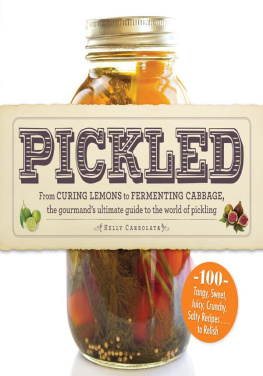
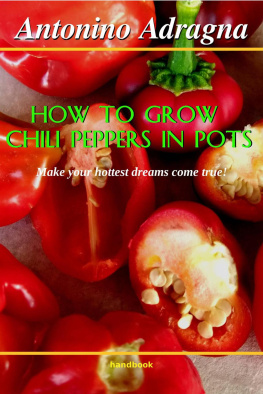

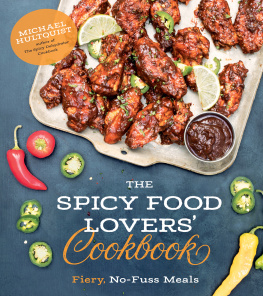
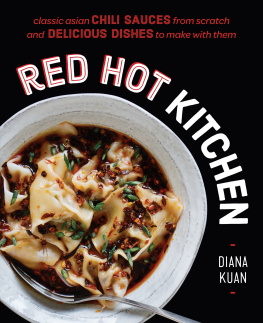

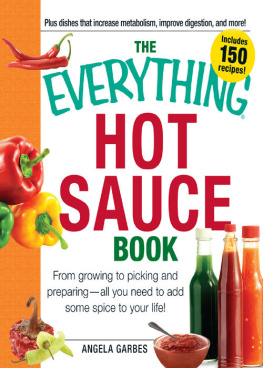

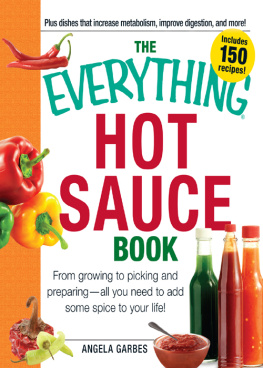

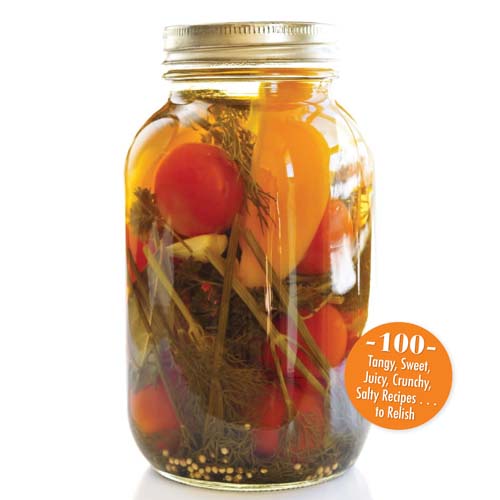
 K ELLY C ARROLATA
K ELLY C ARROLATA 




